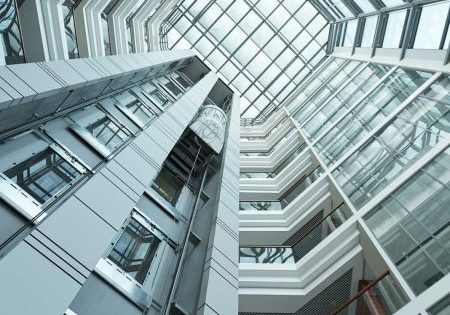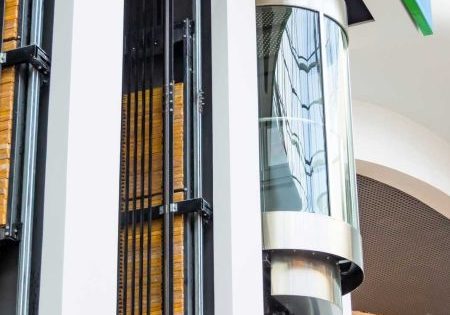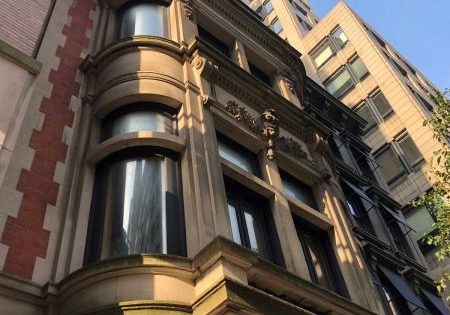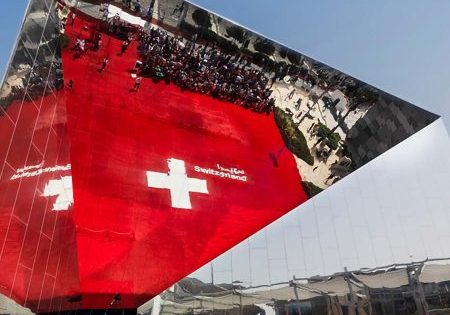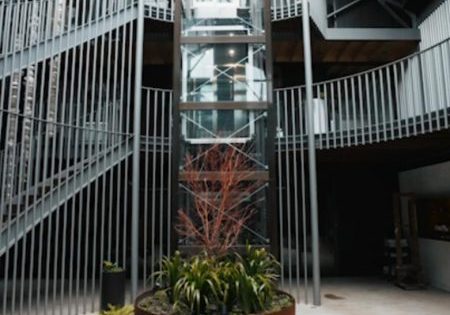Future-Proofing
Feb 1, 2023
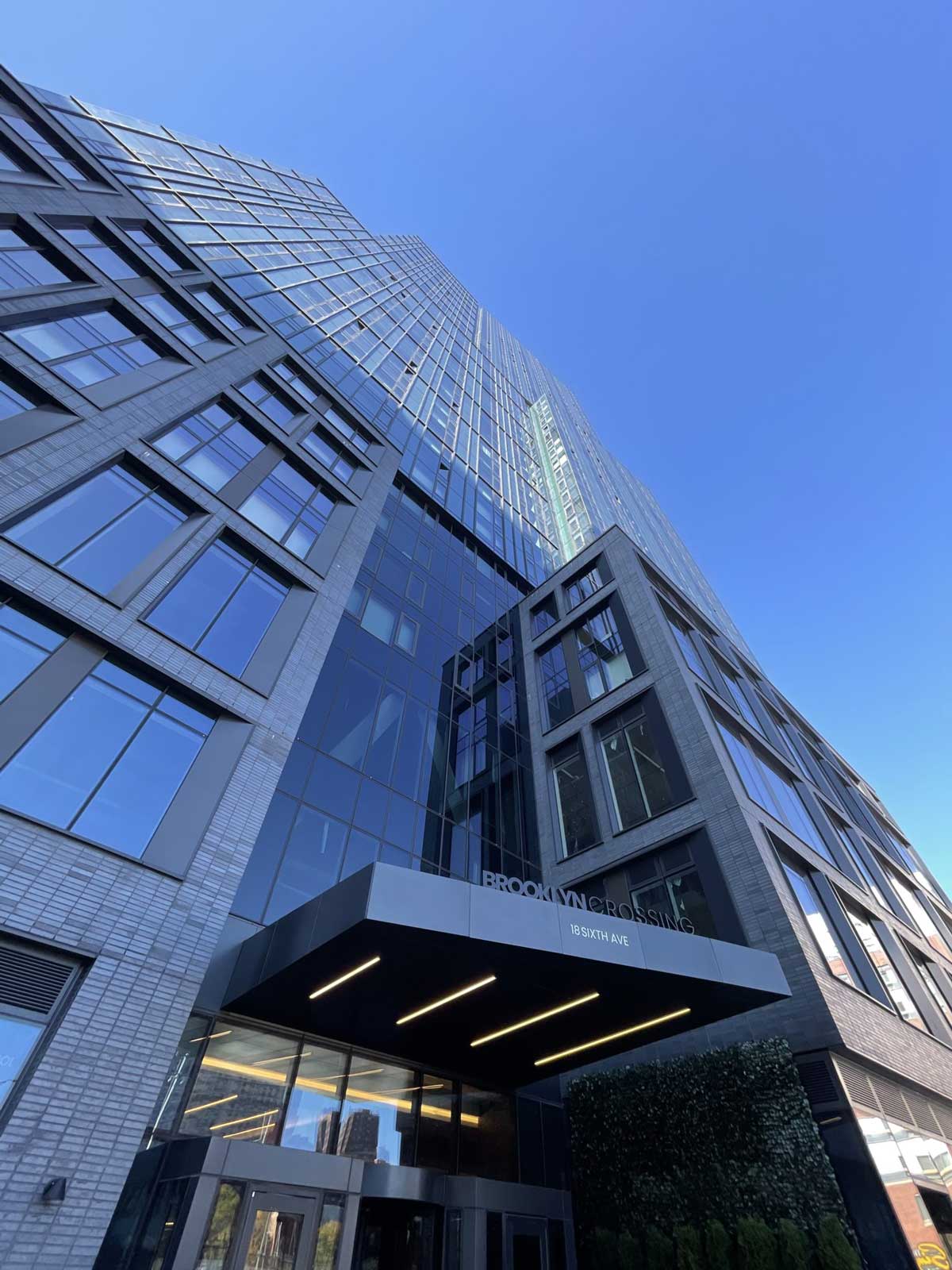
As the job market recovers from the pandemic, I’m reading that many people are just not going back to the office full time. Hybrid working schedules mean less floor space needed for offices and continuing commercial vacancies bear this out. Empty or unfinished buildings are ripe for conversions. Maybe we need to be thinking ahead in the design phase. Schindler’s Florien Troesch recently spoke to attendees at the CTBUH International Conference in Chicago on the theme of “Tall Excellence: Seeking the Ideal in Vertical Urbanism.” “What is clear,” he said, “is that today’s ideal may not be tomorrow’s. An ideal building should be designed for flexibility of features and function . . . and for that a different approach to elevator design is critical.”
We are all tiptoeing into a new era where we need to consider how buildings will change and how they will need to become more sustainable and more flexible to serve those living and working in them. The elevator industry is a major player in future-proofing these buildings. Much of this issue is devoted to looking back and forward.
Our focus this month is The Future of VT – 2030. We have two articles that were presented at the International Elevator and Escalator Symposium in Barcelona, Spain, in December 2022. We will have a full report on the event next month. In this issue:
Lifts in the New Millennium by Elena Mauro. This paper describes how elevators are judged against the Lift Directive in Europe and the intricacies of the Safety Integrity Level (SIL) of vertical-transportation (VT) equipment.
Polymer Matrix Composite Applications on the Elevators of the Future by Emre Köroğlu and Ali Kiliç. These authors explore using PMC materials in VT equipment due to its being lightweight compared to steel and even aluminum.
Due to the pandemic, several events piled up at the end of the year – some just days apart. We covered them all, with more to come next month. The International Sourcing Exposition for Elevators & Escalators Debuts was reported on by our EW India editor Vijay Pandya and writer Sheetal S. Patel. Held in Mumbai, it drew more than 14,000 visitors and 150 exhibitors. The Lift Expo Italia was held in Milan, Italy, and reported on in Viva Italia! by Bülent Yılmaz. Delayed twice, it still had almost 2,000 visitors and boasted 90 vendors. Our historian, EW Correspondent Dr. Lee Gray, reported on The 2022 CTBUH International Conference. The question discussed there was, “What constitutes tall excellence?” The group would like to establish a system for assessing all aspects of tall building performance for certification.
We start our year with three great projects:
Extraordinary Times submitted by Schindler. This certainly describes Schindler’s work on the Expo 2020 Dubai. COVID-19 was only one of the many challenges faced as they installed 129 units in 11 pavilions.
East Side Style by Kaija Wilkinson. Very high-end elevators installed at Casa Cruz New York, an exclusive restaurant housed in a Beaux Arts mansion on NYC’s Upper East Side.
Effortless Access, Stunning Design by Caleb Terpstra. An eye-catching elevator is installed in a beautiful courtyard in Australia. Glass enhances the open-air feel.
A lot of history is covered in this issue. In Historic Eastern Machinery Elevator by Michael Dumas, an elevator built in 1877 (and another from 1916) will be preserved in a museum in New Haven, Connecticut. Both units were manufactured by native Eastern Machinery Co. of New Haven. In our History article this month, Dr. Gray writes about the challenges of predicting the future in What’s Past Is Prologue. His article is about Ken White of KM White Elevators, who developed “Corridor Control,” a forerunner to destination dispatch. And finally, our Continuing Education article this month is by John Inglis, a long-time EW correspondent. Counterweight Evolution is an excellent review of early counterweights and how and why they evolved.
It’s a packed issue you can enjoy in print or digitally.
Get more of Elevator World. Sign up for our free e-newsletter.




